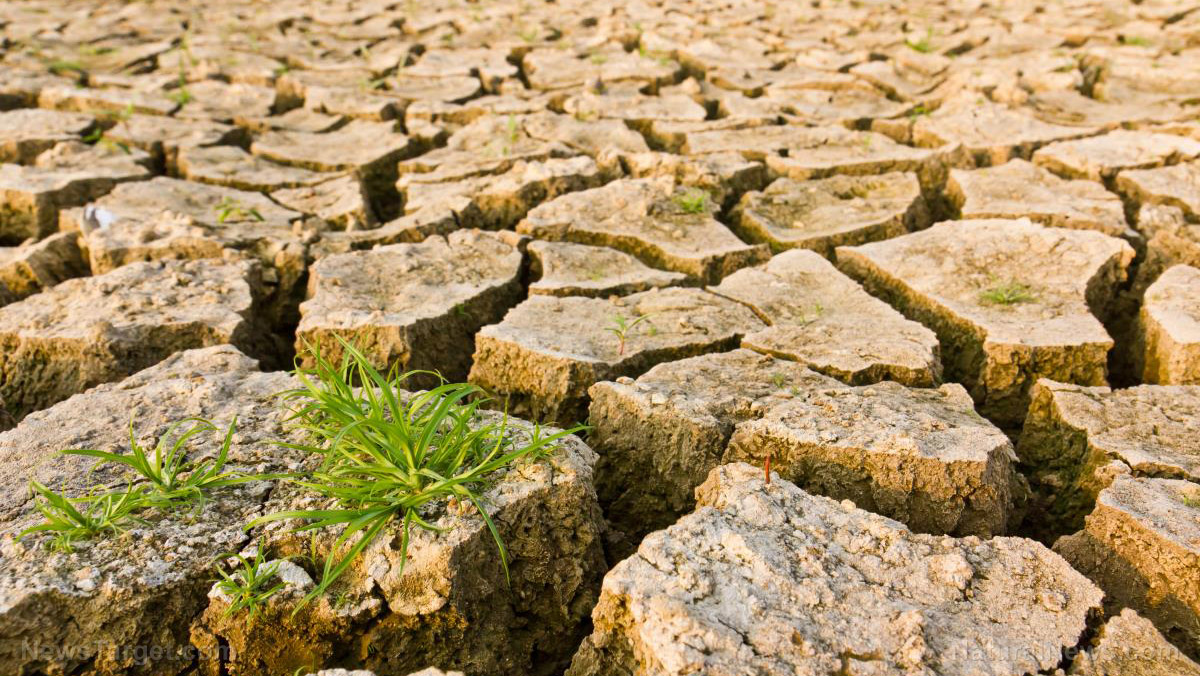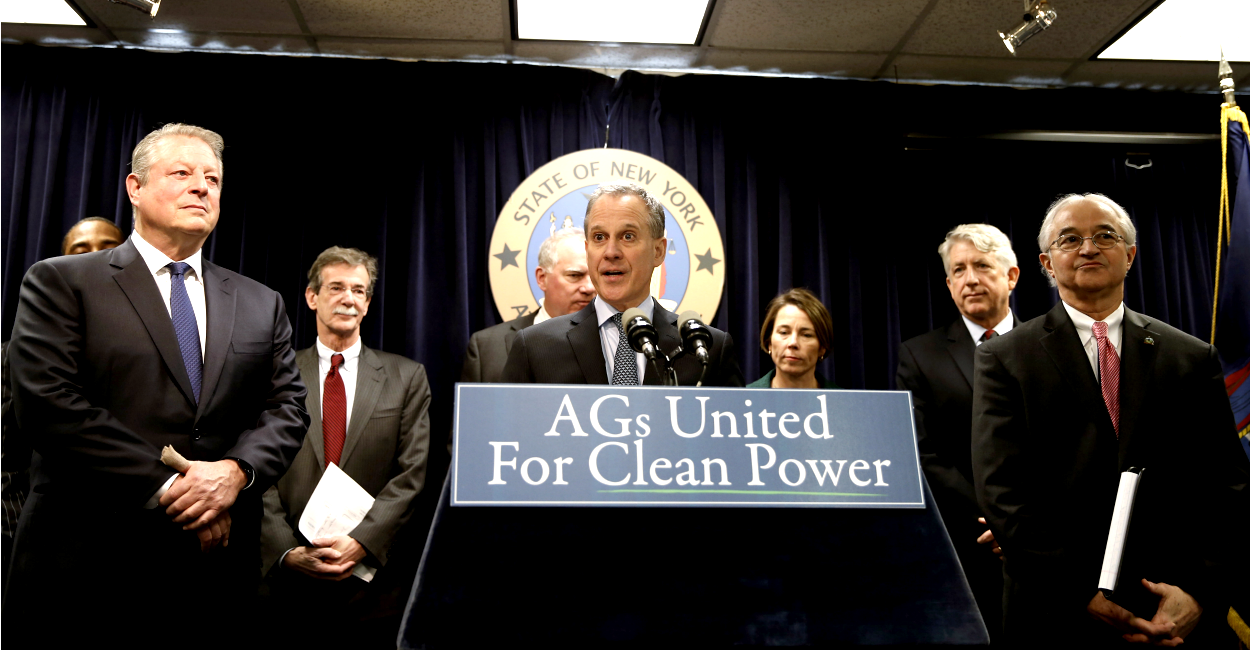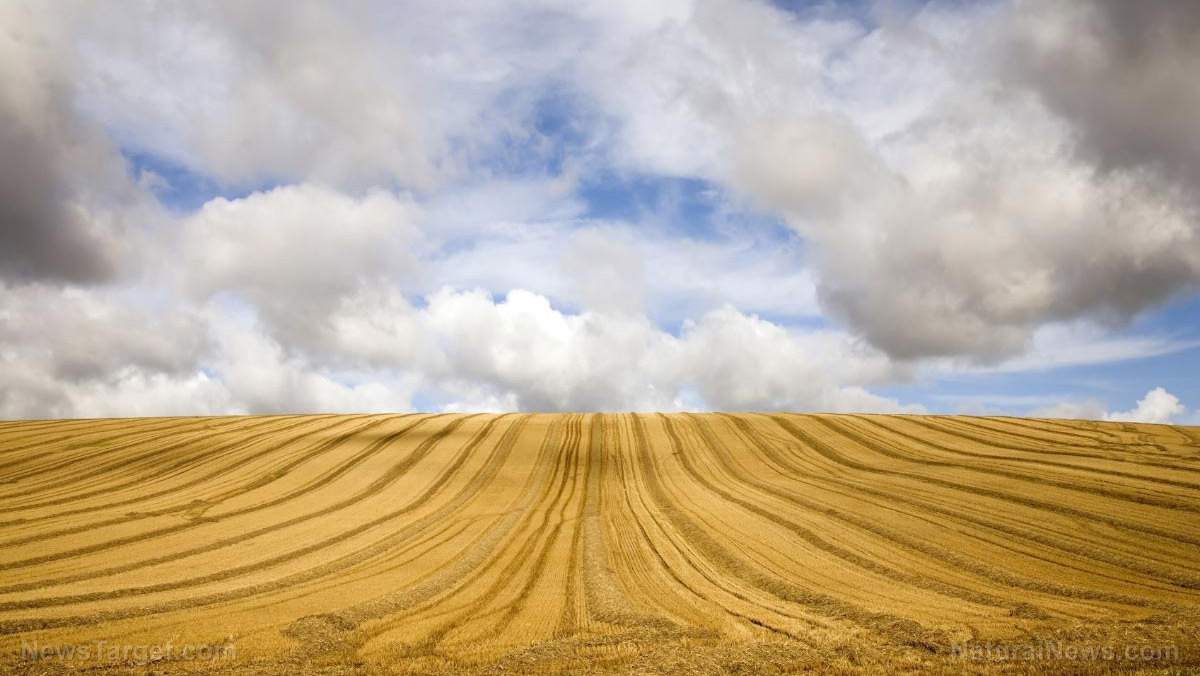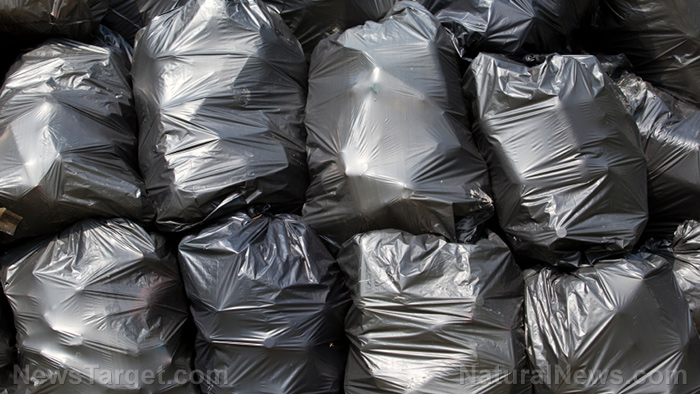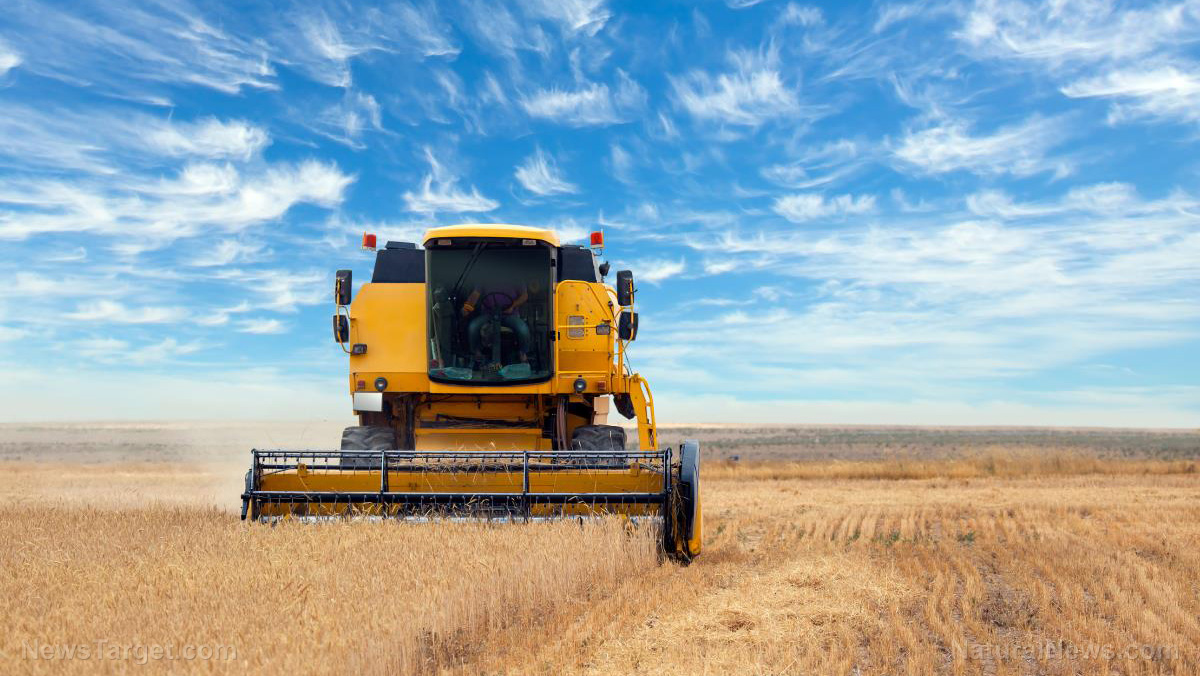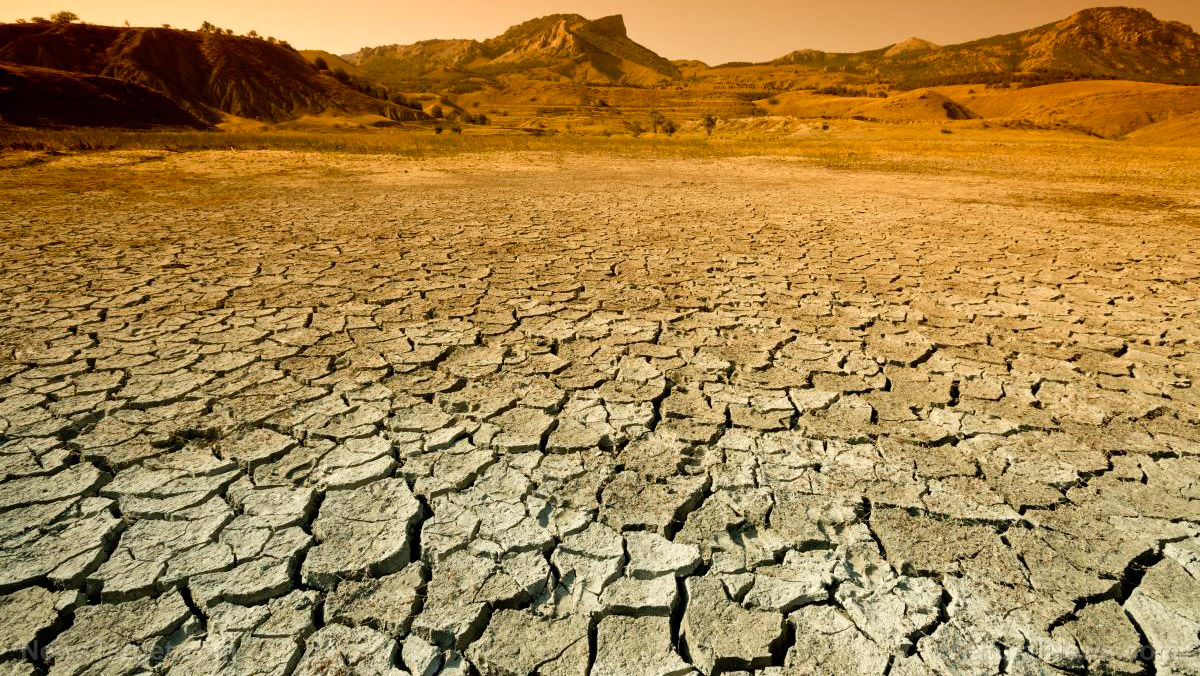
Even reservoirs are insufficient to address the drought
Retired climatologist Bill Patzert says: "The history of California has been written in long droughts. There's a lot of water, but it comes down to how it's used." Given the situation in California, emergency drought proclamations have been issued in 50 of the 58 counties in the state. Reservoirs in the state, expected to be much-needed water sources during the drought, have also seen their water levels decline. All but two of California's major reservoirs are now below their average storage level. Lake Shasta, the largest reservoir, is critically low – and so is Lake Oroville, the second largest. The drought in California also affects the Colorado River, a major water source for the state. Two reservoirs along the river – Lake Powell and Lake Mead – have reported water levels so low that they cannot power hydroelectric plants. The United States Bureau of Reclamation (USBR) outlined its projections about the two lakes in a Sept. 22 press release. (Related: Water levels in Colorado River dams reach new lows, electricity generation may be halted.) "Beyond 2022, the chance Lake Powell could fall below minimum power pool ranges from about 25 percent to 35 percent," it says. The press release adds that the lake has an almost 90 percent chance of hitting 3,525 feet – its target elevation – by 2022. USBR Upper Colorado Basin Regional Director Wayne Pullan says: "The latest outlook for Lake Powell is troubling." The USBR press release also outlines grim projections for Lake Mead. "The chance of Lake Mead declining to 1,025 feet is as high as 66 percent in 2025, and that there is a 22 percent chance of the reservoir elevation dropping to 1,000 feet the same year," it says. WRCC climatologist Daniel McEvoy agrees with the projection, saying that even if a great water year was on the way, "you're not even going to come close to refilling Lake Mead." CaliforniaCollapse.news has more articles about the ongoing mega-drought in California. Sources include: StrangeSounds.org LATimes.com Gov.ca USBR.govKennedy Hall: Climate change and Covid pandemic are “tools of control” by global elites
By Ramon Tomey // Share
Like COVID-19, climate alarmism is a tool global elites wield to control our lives
By News Editors // Share
Garbage piles up as NYC sanitation workers protest vaccine mandates
By Mary Villareal // Share
Supply chain crisis preventing California farmers from delivering their harvests
By Arsenio Toledo // Share
Ember & Edge: The lost art of self-reliance in a fragile world
By kevinhughes // Share
Trump issues veiled threats to Mexico, Colombia and Cuba following Venezuela military operation
By bellecarter // Share
Russia condemns U.S. capture of Venezuela's Maduro as "armed aggression"
By avagrace // Share
Escalating conflict in Yemen: Saudi Arabia and UAE-backed forces clash over oil-rich Hadramout
By bellecarter // Share
AI threatens the future of private messaging, experts warn
By lauraharris // Share
Gold and silver finish volatile 2025 with historic gains amid market turmoil
By kevinhughes // Share
